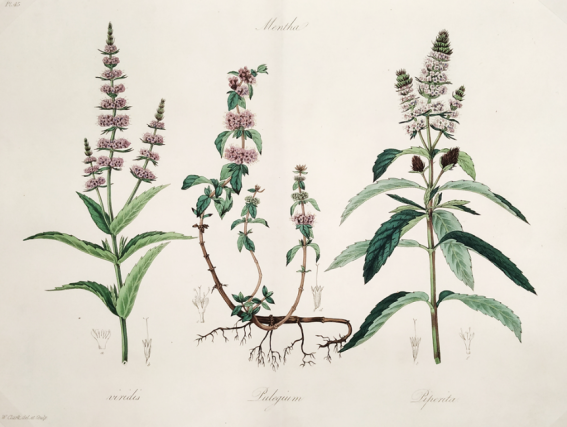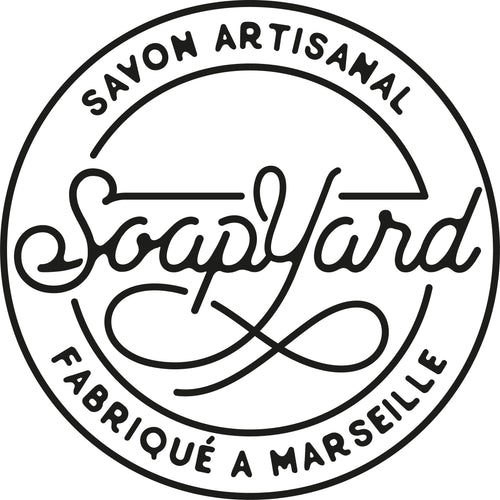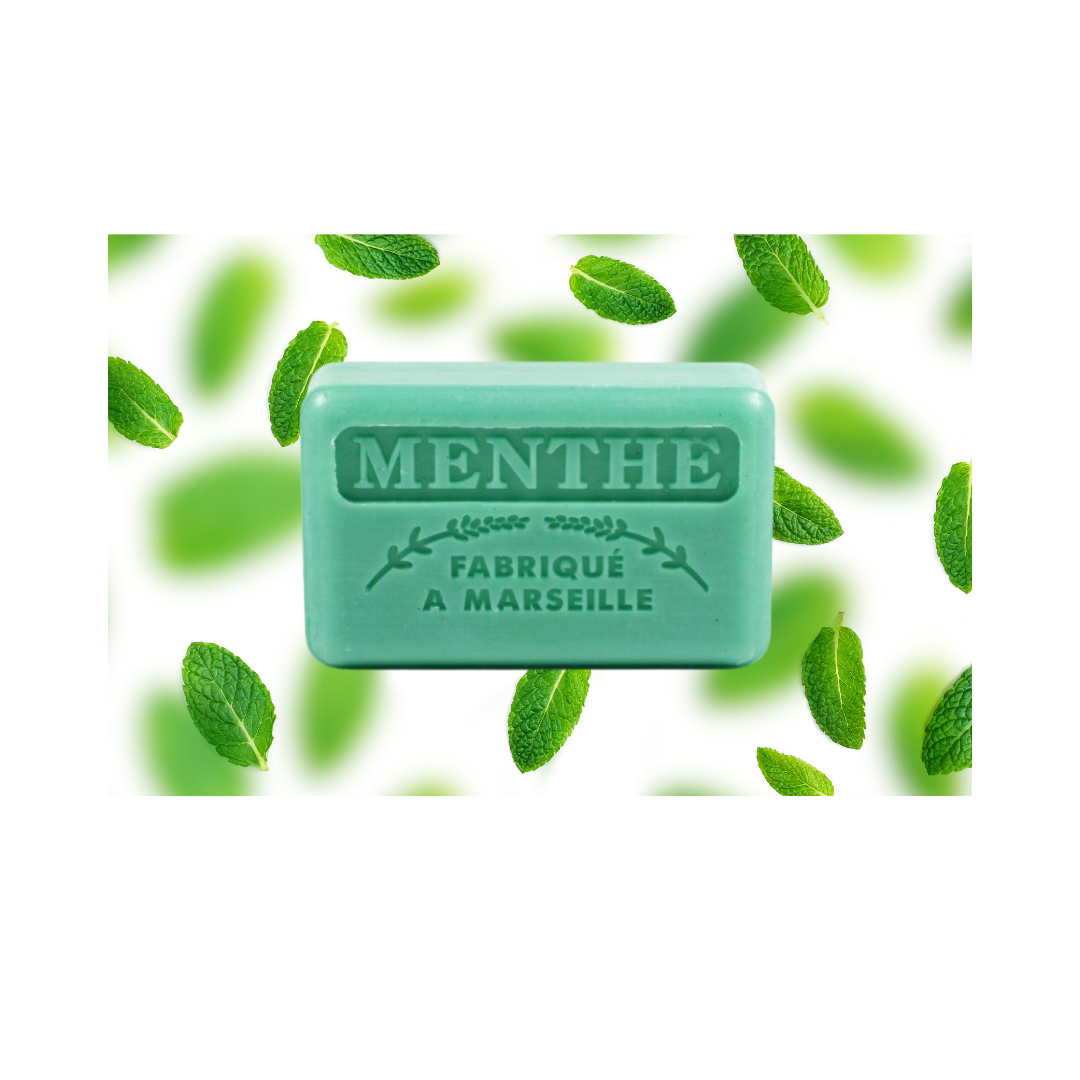Mint, Menthe or Menta grows almost anywhere. Once you have some in your garden or in a pot, it just keeps growing. It's a fast growing, fragrant little miracle of nature. Although there are as many as 600 varieties of mint, popular varieties include spearmint Mentha spicata and peppermint Mentha piperita, chocolate mint, ginger mint and apple mint. The most common type grown in the UK is Calamint (Calamintha nepeta).
When you crush the leaves you'll get a distinctive strong scent and you can use the leaves to add fragrance or flavour to hot and cold drinks, various foods, chewing gum, toothpaste and cosmetics.
Mint has long been considered one of the most appreciated flavours in the world, and mint sweets - simply called 'mints' have been used since Ancient Egypt to freshen breath.
SoapYard Mint Soap is one of my favourites, it's refreshing, invigorating and makes you feel cool and awake. The addition of shea butter is softens the skin and prevents the skin from feeling dry.
The Essential Oil of the mint leaves or a even just the leaves, when used correctly and safely is considered to beneficial for different skin types. Pregnant women and children should avoid using menthol due to side effects.
Fun facts:
Menthol: The active ingredient of MINT is menthol which activates the TRPM8 receptor in sensory neurons, resulting in a cold sensation when peppermint extract is consumed or used topically. wikipedia
Peppermint: The extract of peppermint is used as an antiseptic and anti-viral and a stimulant.
Mint added as an ingredient to skin care products can help sooth itchy skin, and may have anti-microbial and anti-fungal properties which may help acne-prone skin. It can also act as an anti-pruritic agent. This means that it soothes and calms itchy or infected skin.
Mint contains Vitamin A which may strengthen skin tissue, help reduce oily skin and as a natural astringent, may help in the battle against acne.
Salicylic acid which is found is found naturally in mint, is an active ingredient used in many anti-acne skin care products. Salicylic acid is said to loosen up dead skin cells, helping the exfoliation process. This is likely to prevent pores from clogging up, resulting in clearer, healthier skin.
Mint tea has been used to relieve digestion and even to help fight nasal congestion, headache, muscular pain, catarrh, asthma and the common cold.
Ancient Egyptians and Ancient Romans used mint for its pleasant fragrance. They used it in their baths and in their drinking water. In Ancient Rome students were advised to wear mint wreaths to sharpen the mind.
The Ancient Egyptians who notoriously suffered from poor dental care invented the breath freshener as we know it. Various herbs and spices, including frankincense, cinnamon and myrrh were boiled up, mixed with honey and shaped into little lozenges. All hail the ancestor of the POLO mint
“As for the garden of mint, the very smell of it alone recovers and refreshes our spirits, as the taste stirs up our appetite for meat.” – Pliny the Elder, Roman natural historian.
Mint was described as stomach calmer by the Egyptians in their oldest surviving medical text, the Ebers Papyrus.

https://www.organicfacts.net/health-benefits/herbs-and-spices/health-benefits-of-mint.html

